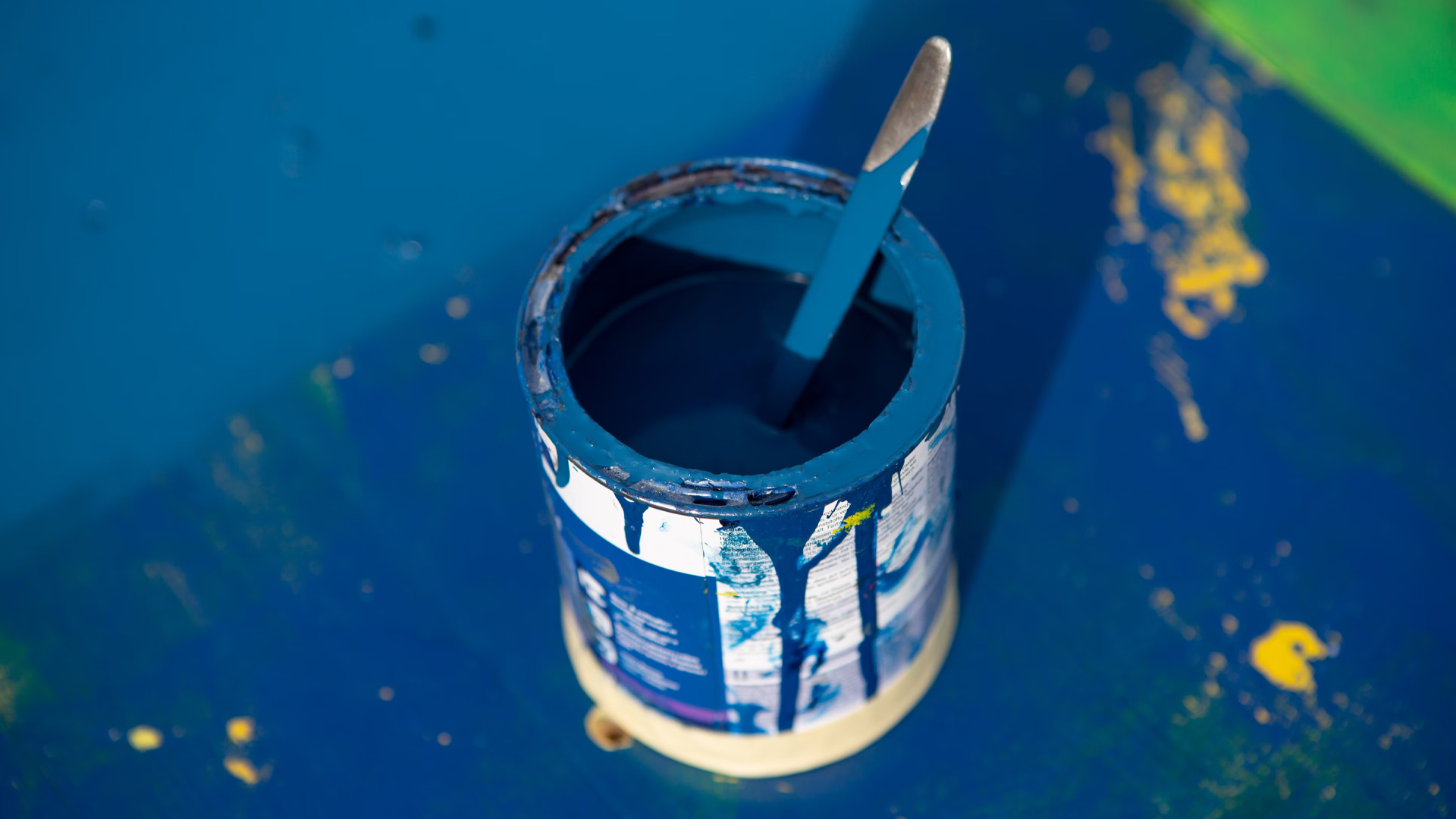Key Take Aways
Garden wall rendering involves applying a sand, cement and lime mixture to protect and refresh the wall’s appearance.
Preparation is crucial: clean the wall thoroughly (using wire brush or power washer), repair cracks, and dampen before rendering.
First (scratch) coat: apply ~8–10 mm thickness, score with comb for adhesion, leave to dry ~24 hours.
Second (floating) coat: thinner (~5–6 mm), smooth using float and straight edge, then cure over several days depending on weather.
Finish options include textured render, coloured render or exterior paint, adding aesthetic variety and extra protection.
Regular maintenance—cleaning, repairing cracks, re-coating/painting every few years—extends longevity and keeps aesthetics fresh.
DIY is feasible with proper attention to technique, but hiring professionals can offer a higher quality, long-lasting and weather-resistant finish.
In the quest to enhance outdoor spaces, render a garden wall is a transformative approach that not only elevates aesthetic appeal but also provides a layer of protection against the UK’s unpredictable weather. This comprehensive guide is designed to walk UK homeowners through the process of garden wall rendering, ensuring that your wall stands the test of time while enhancing the overall beauty of your garden.
What is Garden Wall Rendering?
Garden wall rendering involves applying a mixture, typically made of sand, cement, and lime, to the exterior of a wall. This process not only refreshes the wall’s appearance but also adds a protective layer against moisture, thereby extending the lifespan of the wall. Understanding how to render a garden wall is essential for homeowners seeking to maintain their property’s exterior in top condition.
Materials and Tools Required to Render a Garden Wall
- Sand and cement (or pre-mixed render)
- Lime (optional, for improved workability and breathability)
- Water
- Mixing bucket or cement mixer
- Trowel
- Hawk board
- Wire brush or power washer (for wall preparation)
- Protective gear (gloves, goggles)
Step 1: Preparation
Preparation is key in the garden wall rendering process. Start by clearing any vegetation, dirt, or loose material from the wall. Use a wire brush or a power washer for effective cleaning. Ensure the wall is dampened before applying render, as this helps the mixture adhere better. Repair any cracks or damages in the wall to ensure a smooth application process.
Step 2: Mixing the Render
Achieving the right consistency is crucial for a successful render. A general mix ratio of one part cement to four parts sand is recommended, with the addition of lime to enhance workability. Mix thoroughly until you achieve a consistent, lump-free paste. Adjust the water quantity to ensure the mixture is neither too thick nor too runny.
Step 3: Applying the First Coat (Scratch Coat)
Using a trowel, apply the first coat or the scratch coat of render to the wall. Aim for a thickness of about 8-10mm. This coat doesn’t have to be perfectly smooth but should cover the entire surface uniformly. Once applied, use a rendering comb or notched trowel to create horizontal lines. This texture will help the second coat adhere better. Allow this layer to dry for at least 24 hours.
Step 4: Applying the Second Coat (Floating Coat)
The second coat or commonly called the floating coat should be thinner, around 5-6mm. Apply it over the scratch coat using the same technique, but this time strive for a smoother finish. Use a straight edge or level to check for any bumps or dips, and fill in as necessary. After application, use a float in circular motions to compact and smooth the surface. Allow this coat to cure, which can take several days depending on weather conditions.
Step 5: Finishing Touches
Once the second coat has dried, you can choose to apply a final finish. This could be a textured finish, a coloured render, or a paint designed for exterior use. Each option offers a different aesthetic and additional layers of protection for your garden wall.
Maintaining Your Rendered Wall
To ensure longevity, it’s essential to maintain your rendered garden wall. This includes regular cleaning, repairing any cracks or damage promptly, and re-coating or repainting every few years to maintain its protective layer and aesthetic appeal.
Why Consider Professional Garden Wall Rendering?
While DIY garden wall rendering is achievable, hiring professionals can ensure a high-quality finish that lasts. Professionals bring expertise in materials and techniques that might be challenging for DIY enthusiasts. They can also advise on the best finishes and treatments for your specific wall and local climate conditions.
Conclusion
Rendering a garden wall is a rewarding project that not only enhances the beauty of your outdoor space but also adds a protective layer to your property. By following these step-by-step instructions, homeowners can achieve a durable and aesthetically pleasing finish. However, for those seeking impeccable results and longevity, considering professional garden wall rendering services is advisable.
At All Weather Coating, we specialise in providing premier exterior wall coatings and weatherproofing services tailored to the unique needs of UK homeowners. Our expertise ensures your garden wall not only looks fantastic but is also protected against the elements. Contact us today to learn more about our services or to send an enquiry. Let us help you transform your garden wall into a durable and attractive feature of your home.





